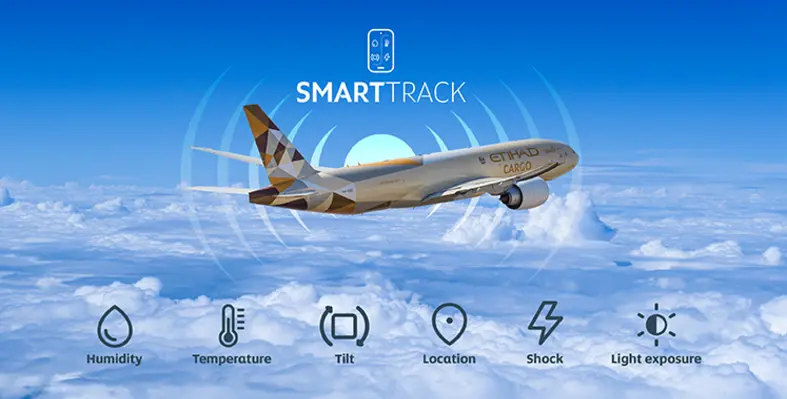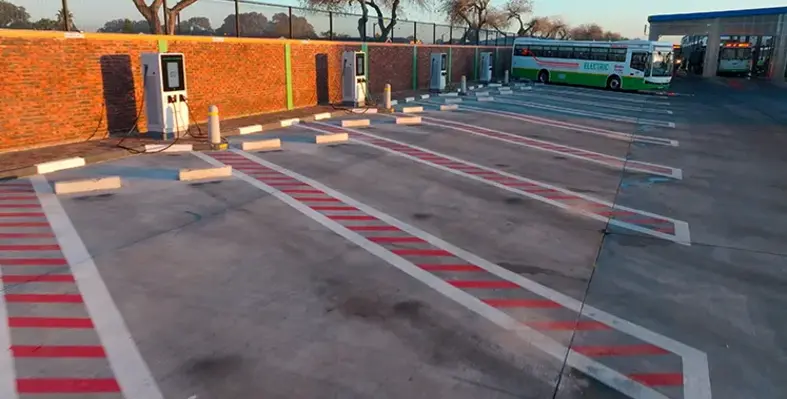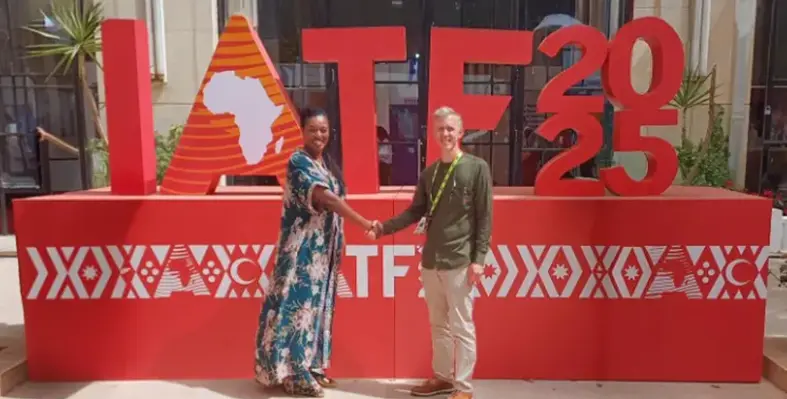
The agreement was signed by Dr Abubakar Dantsoho, Managing Director of the Nigerian Ports Authority, and Frederik Klinke, CEO of APM Terminals Nigeria. (Image source: APT Terminals)
APM Terminals’ West African Container Terminal (WACT) in Onne has joined forces with the Nigerian Ports Authority (NPA) to drive decarbonisation efforts across Nigeria’s port and transport sector
The partnership was formalised on Monday, September 22, at the Dutch Consulate in New York during the Global African Business Initiative, where both parties signed a memorandum of understanding (MoU).
The MoU outlines a phased roadmap to electrify containerised freight, aligning with the policies of the Federal Ministry of Marine and Blue Economy.
“We believe that Nigeria is ideally situated to lead West Africa’s transition to low-carbon logistics by electrifying its container transport sector,” said Frederik Klinke, CEO of APM Terminals Nigeria. “Nigeria is Africa’s largest economy and trade hub, and our research shows us that the country can leapfrog fossil-fuel infrastructure and adopt proven electric technologies. We are therefore very optimistic about our joint plans to develop a phased roadmap towards an electrified future for container logistics.”
Responding to the MoU, Dr Abubakar Dantsoho stated, “By this development, the Onne Port will be the first green port in Nigeria and will thereby be promoting the decarbonisation efforts within the transportation ecosystem. This will also make Nigerian ports the leaders on the continent in terms of sustainable port operations.”
The collaboration, fully funded by APM Terminals with an investment of US$60mn, is expected to set a precedent for other African nations.
The agreement builds upon findings from a study APM Terminals presented to Nigeria’s vice-president at the Decarbonising Infrastructure in Nigeria Summit held in Abuja in July. The study highlighted that transitioning from fossil fuels to electrified container freight could attract private investment, generate skilled employment, and improve energy reliability. However, achieving these benefits will require close coordination across industries and robust public-private partnerships.
“For APM Terminals, partnerships are key to generating long-term growth and value in the countries where we operate,” said Jeethu Jose, managing director of WACT. “Our investments are for our shared future and for the people of the region. We look forward to driving this project alongside our stakeholders in the port industry.”









